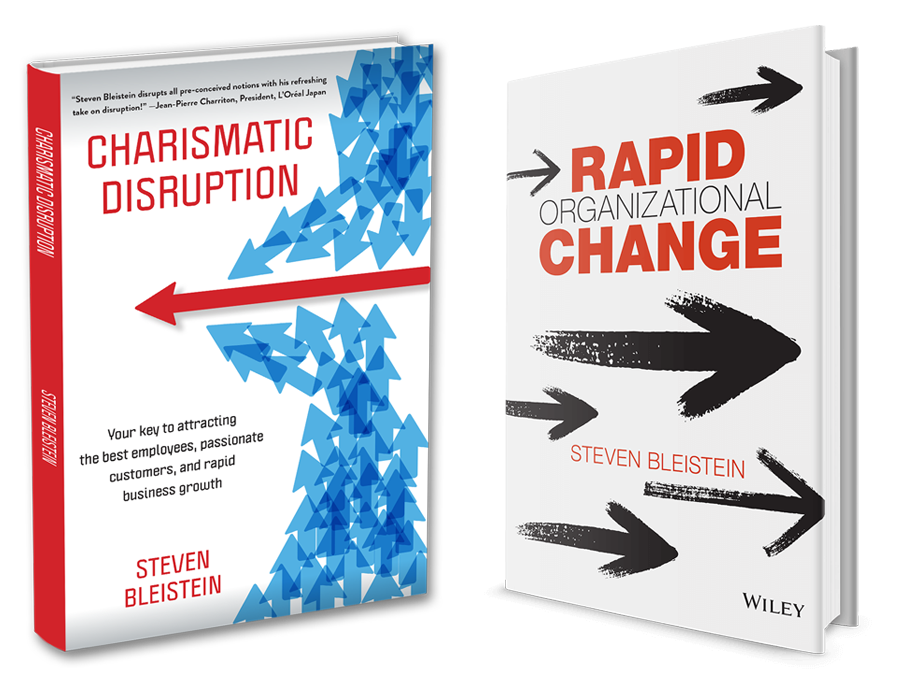You cannot rush buy-in, and that’s OK, because while buy-in is nice to have, professionalism is all you need.
A vice president of sales told me matter-of-factly that I was wasting her time and mine when we met. Her CEO had just hired me to help improve the capability of her division, consisting of more than one hundred sales staff and managers. She explained laconically that the Japanese market targets the European headquarters executives expected were unrealistic, if not impossible. The current level of results was the best achievable with the existing team. Many of her staff were similarly cynical.
The vice president was derisive of the methods I advised and uncooperative. She instead tried to enlist my support to persuade the CEO and headquarters executives, whom she felt did not understand the Japanese market, to compromise on sales targets.
I wasn’t about to help her with that. Yet a simple ‘no’ was unlikely to placate her. I chose a different tact.
“Let me ask you a few questions,” I said. She nodded.
“Do you believe that your salespeople are perfect? That there is nothing left for them to learn or improve that could make a difference in their sales results?” I asked.
“Well, no. There is a lot they could be doing better,” she responded honestly.
“And what about the sales managers? Are they perfect, or could they improve in ways that would help them achieve better results?” I continued.
“Yes, of course,” she acknowledged.
“So how can you expect me, yourself, or anyone else to argue credibly that there is no way to improve results when even you admit that there is ample room for improving how your team is working?” I pressed.
“OK. But what if I make the changes and nothing improves?” She asked.
“Then you might have a valid argument that further improvement is impossible and some evidence to back it up,” I conceded. “But before even trying to make improvements, forget it! No one will take you seriously!” I pointed out.
“Well, I don’t know what to change or how. I don’t even know where to start,” she admitted candidly.
“That’s what I’m here for,” I reassured her. “Let me help you.”
And so she did, to her credit. As sales results improved, resistance and cynicism gave way to enthusiasm and widespread buy-in. The lowest-performing team was the first to implement my advice wholeheartedly, immediately becoming the top-performing team in the division. The other sales teams quickly followed suit. My erstwhile critics became my most ardent advocates.
The once-skeptical vice president would call me weekly to discuss progress, resolve issues, and ask for my advice. By year’s end, she had not just made her targets but achieved the best sales results of any of her predecessors, adding several points to the company’s bottom line. Later, when the vice president was offered the opportunity and budget to hire a personal business coach, she asked for me by name.
CEOs often tell me they need “buy-in” from staff before implementing any proposed change. If that includes you, you’ll always be waiting a long time before changing anything. Intelligent, well-meaning professionals always buy in at their own pace. Yet professionals commit to doing their jobs, even doing them well, whether they buy in or not.
Buy-in is merely a by-product of professionalism, not a prerequisite for change. Nothing engenders buy-in faster than experiencing real success.
Graciously accept buy-in when you can get it, but allow people to buy in at their own pace. Appeal to professionalism instead, but insist on immediate action regardless of buy-in. And cherish the skeptics who are willing to be convinced, because no force is greater than the zeal of the convert.


